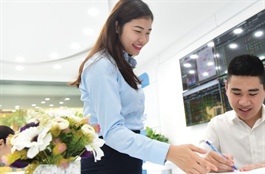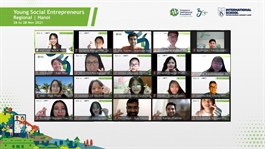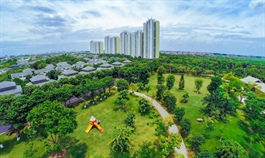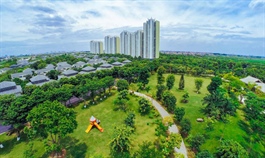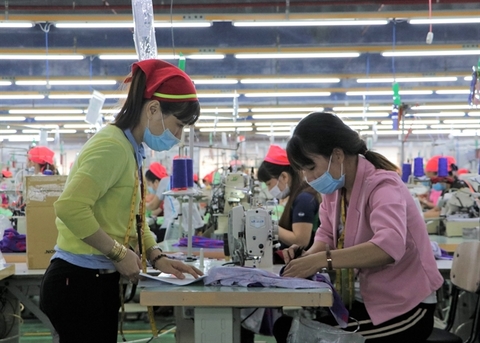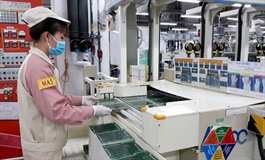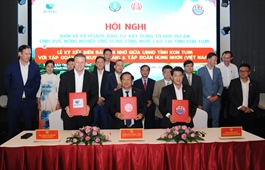US businesses consider fresh tactics for optimal operations
US businesses consider fresh tactics for optimal operations
American companies in Vietnam are continuing to strive for a return to normal operations as some struggle with labour issues and flexible adaption to a post-pandemic world.
At an event titled “Meet the USA: Partnering for reopening, recovery, and rebound in the southern economic region” held in Ho Chi Minh City last week, Kheng Joo Ung, managing director of First Solar Vietnam, reflected that the entry approval process for skilled foreign workers and experts’ is currently too complicated and time-consuming, meaning they are short of workers.
“Many companies, including First Solar Vietnam, are seeing a delay in new technology and product introductions. This will put Vietnamese-made products at a disadvantage in the global market place,” Ung said. “We hope the authorities can do more to relax the entry approval process and lead time as soon as possible,” he said.
First Solar plans to have around 300 foreign experts to support its capacity increase and new product introduction programmes by the first half of next year.
It is not only workers from overseas for whom there are obstacles. Ho Chi Minh City People’s Committee has relaxed quarantine requirements for enterprises with more than 80 per cent of employees fully vaccinated. However, Ung said that employees from neighbouring provinces are still subjected to different quarantine protocols at their neighbourhood ward level.
“We hope southern provinces with high vaccination rates, such as Binh Duong and Dong Nai, can have a similar practice to that issued by Ho Chi Minh City Department of Health in November to avoid potential labour shortages in manufacturing in this region,” he added.
With two discussion sessions on cooperation in safe opening and economic recovery for the south of the country, leaders of Ho Chi Minh City and localities in southern provinces discussed the situation of controlling COVID-19, potential information sharing, and orientations for economic recovery and development moving forward.
Deputy Minister of Foreign Affairs To Anh Dung said that the Vietnamese government had implemented many robust measures to switch from a zero-COVID strategy to a safe, flexible adaptation and reasonable control of the coronavirus. “Leaders of the Party, state, National Assembly, and government of Vietnam always listen, share, and promptly remove obstacles to help businesses partly overcome difficulties caused by the impact of the pandemic,” Dung said.
Representatives of the American Chamber of Commerce in Vietnam, along with US businesses, expressed their strong belief in the economic development of Vietnam and of the southern economic region in particular.
Together with local authorities, US corporate leaders have discussed issues of concern related to vaccinations, COVID-19 prevention and control activities, and recommended matters to support the process of economic recovery and sustainable development.
Looking on the optimistic side, Marie Damour, chargé d’affaires of the US Embassy to Vietnam, emphasised that Vietnam’s economy is on the rise again after fighting through the summer’s difficulties.
“This is a good sign for the US because the economies of the two countries are closely linked. Vietnam is the 10th-largest trading partner of the US and an important link in the global supply chain. Vietnam is also a major importer from the US with materials and goods to support economic development,” Damour said.
So far, the US has invested more than $10 billion in Vietnam with more than 1,100 projects in operation, mostly in accommodation and food services, manufacturing, waste treatment, and logistics.
Vietnam and the US have seen two-way trade turnover increase hundreds of times during the 25 years since the two countries established diplomatic relations, from $451 million in 1995 to over $90 billion last year. This figure is expected to reach $100 billion in the very near future.







